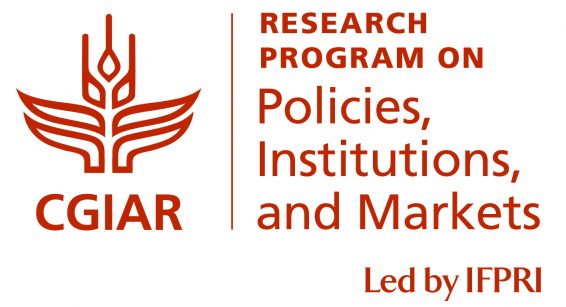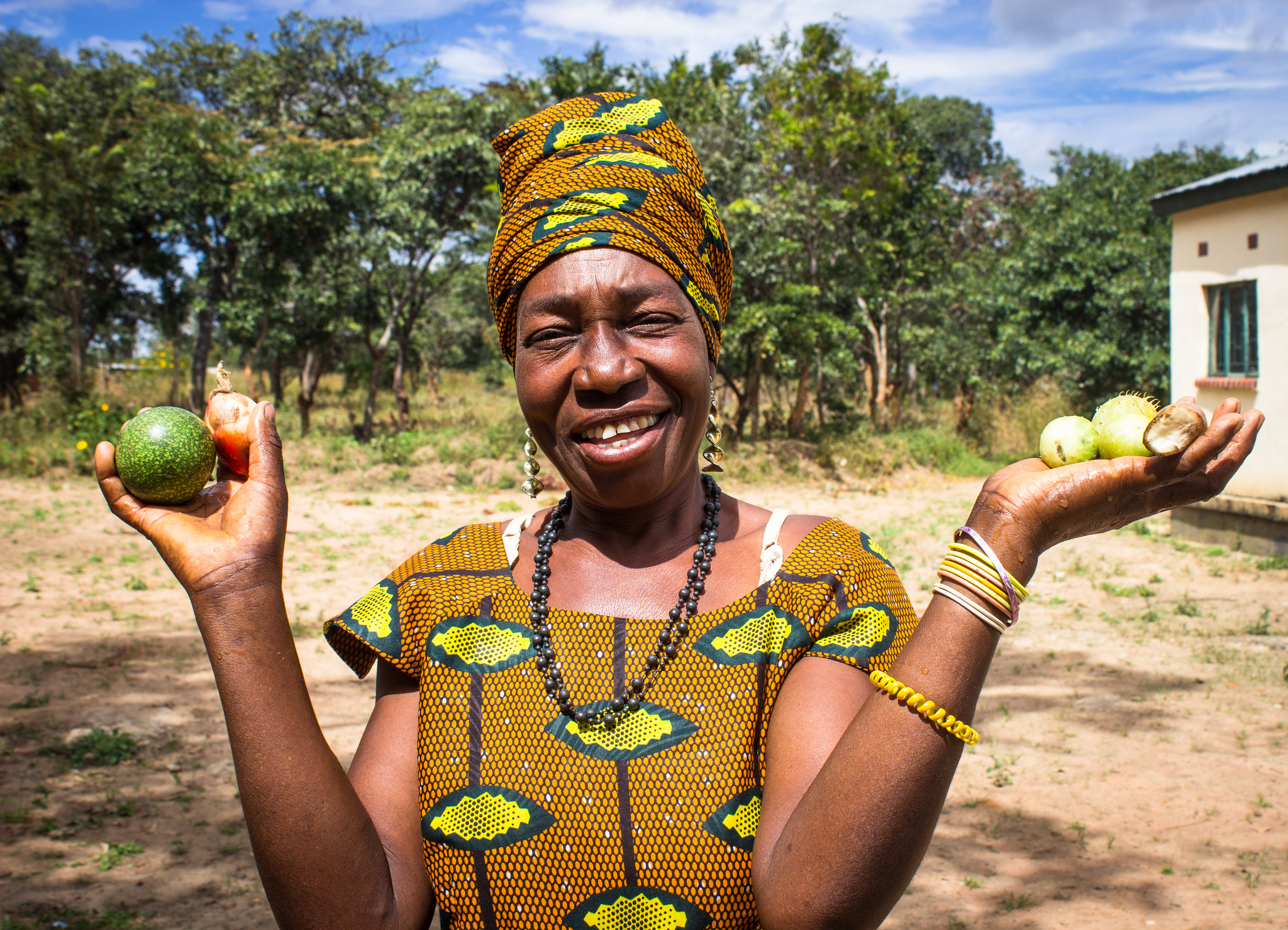The 2011 Bonn Challenge launched an ambitious global forest landscape restoration (FLR) initiative aimed at restoring 150 million hectares of deforested and degraded lands by 2020, a goal that the 2014 New York Declaration on Forests subsequently expanded to 350 million hectares by 2030.
The Restoration Opportunities Assessment Methodology (ROAM) developed jointly by the International Union for Conservation of Nature (IUCN) and World Resources Institute has emerged as an important tool for facilitating the development of national and sub-national FLR plans.
Often used in combination with WWF’s Restoration Diagnostic, which assesses the degree to which key success factors for implementing FLR are present, the ROAM process provides an analytical framework that enables countries to identify suitable restoration techniques and priority areas for restoration.
Studies that explore incentives for communities and smallholders to engage in forest restoration practices, such as natural forest enhancement, agroforestry, and woodlot plantings, have found that clear and secure tenure rights are often key contributing factors to widespread uptake of these practices.
Recognizing the importance of tenure, the ROAM handbook includes guidance that encourages practitioners to assess how existing tenure rights in areas targeted for restoration are likely to influence FLR implementation. ROAM processes are meant to be flexible and countries tailor their processes to fit their needs and capacities.
To find out whether and how these processes take into account tenure and the related issues of governance and equity, in 2017, I worked alongside CIFOR scientists, Steven Lawry, Manuel Guariguata and James Reed, to review ROAM reports for Brazil, Ethiopia, Ghana, Guatemala, Ivory Coast, Malawi, Rwanda, Uganda.
The research team found that all of the ROAM reports included policy and institutional analysis sections that discussed tenure and related governance issues. However, they differed considerably in the amount of detail they included. Some provided little to no information about whose tenure was secure or insecure, while others identified specific subgroups with insecure tenure (i.e. migrant farmers in Ghana, women in Malawi) in addition to describing which institutions lacked capacity to enforce laws and the specific laws that were difficult to enforce.
In all of the reports, lack of rights or weak rights were identified as factors impeding efforts to scale up FLR. Yet, in most cases, coverage of the rights and responsibilities of individuals or communities to trees, forests, or land under statutory or customary law was cursory. Only the Malawi report discussed gender differences in tenure rights, and none of the reports considered how pastoralists’ rights will affect or be affected by FLR implementation.
ROAM reports nonetheless still provide useful insights into the tenure-related challenges that practitioners are likely to encounter as they implement FLR programs. Key challenges identified in all of the reports, aside from lack of rights and insecure rights for communities and individuals, included weak enforcement, limited community involvement in forest decision-making, and lack of coordination between sectors, actors and scales.
Five reports (Ghana, Guatemala, Malawi, Rwanda, and Pará State [Brazil]) indicated that inconsistent policies across sectors undermined restoration incentives. The reports from Ghana, Malawi, Rwanda, and Uganda identified conflicts over forest reserves or woodlots between the state and communities as a challenge, and inequitable benefit-sharing schemes were listed as problematic in the reports from Ghana, Malawi, and Ethiopia (Amhara State). Proposed solutions for addressing tenure and governance challenges included customary/community rights recognition, certification of community and individually owned lands, expanding community use rights over natural forests, and adopting more participatory approaches to forest management.
The review by the CIFOR team suggests a pressing need exists for a tenure-specific diagnostic to supplement the ROAM handbook and Restoration Diagnostic. Such a diagnostic can facilitate systematic descriptions of the rights and responsibilities that landholders and land users have with regard to trees, forests and land, as well as whether and how tenure rights and security are differentially distributed across socio-demographic groups. A tenure diagnostic integrated into ROAM assessments will enable restoration planners to identify and incorporate into their analyses areas where large numbers of people lack or have insufficient rights to land, forests and trees, and thus where strong disincentives to widespread investment in restoration exist.
However, to be effective, a ROAM tenure diagnostic will need to focus not only on cataloguing rights on paper (or in principle in the case of uncodified customary rights), but also on assessing rights as they exist in practice. Although rights on paper (or in principle) are important, ultimately restoration investment decisions are driven by the actual rights that landowners or land users perceive that they have. Adding a tenure-specific diagnostic to the ROAM toolkit will facilitate assessment of rights in practice, increasing the probability that tenure will get the attention it merits.
This article originally appeared on Landscape News.
This research was supported by funding from the CGIAR research program on Policies, Institutions and Markets.

We want you to share Forests News content, which is licensed under Creative Commons Attribution-NonCommercial-ShareAlike 4.0 International (CC BY-NC-SA 4.0). This means you are free to redistribute our material for non-commercial purposes. All we ask is that you give Forests News appropriate credit and link to the original Forests News content, indicate if changes were made, and distribute your contributions under the same Creative Commons license. You must notify Forests News if you repost, reprint or reuse our materials by contacting forestsnews@cifor-icraf.org.

